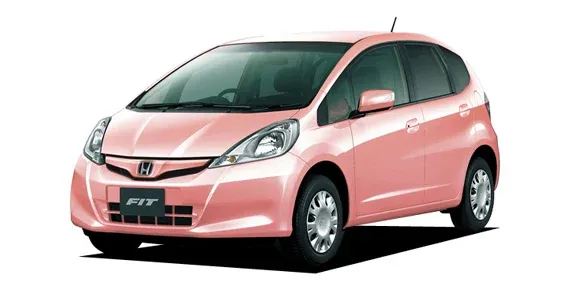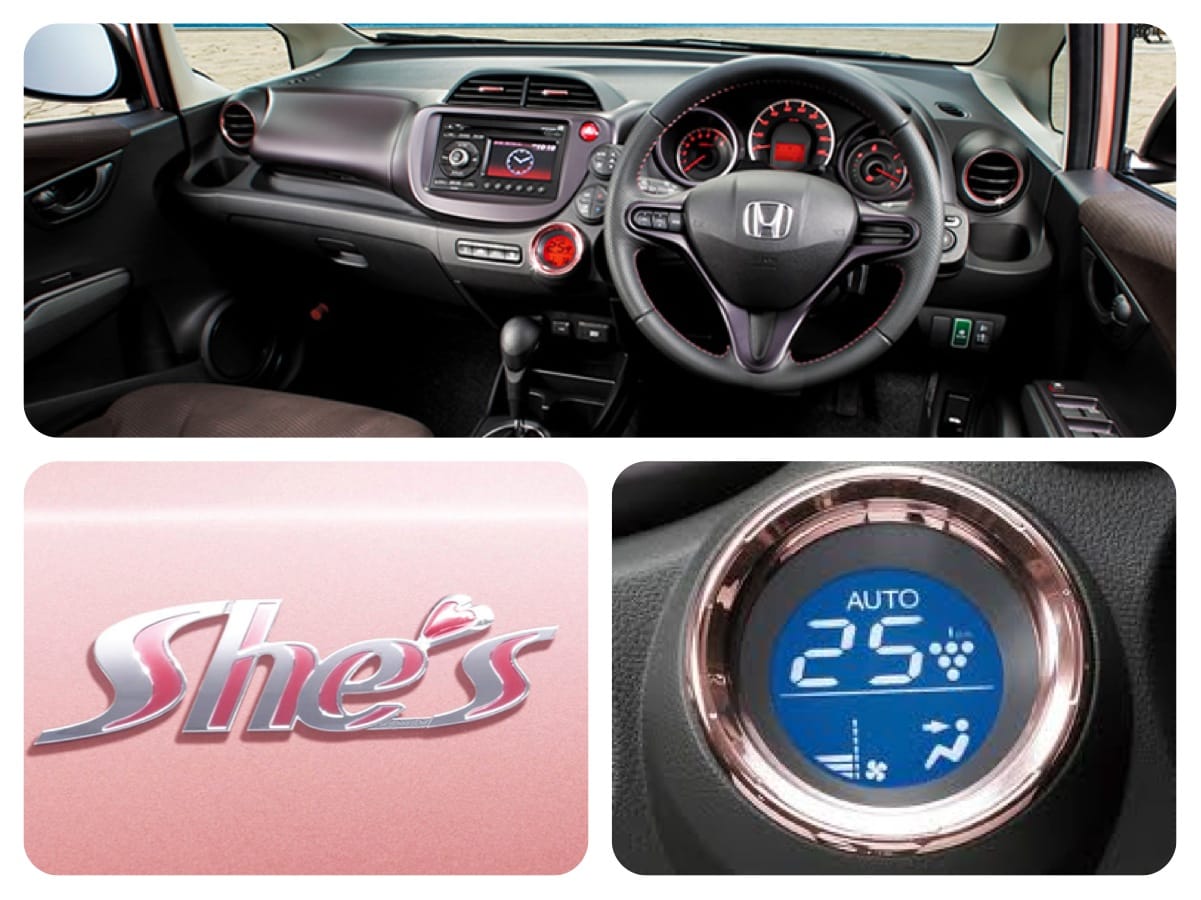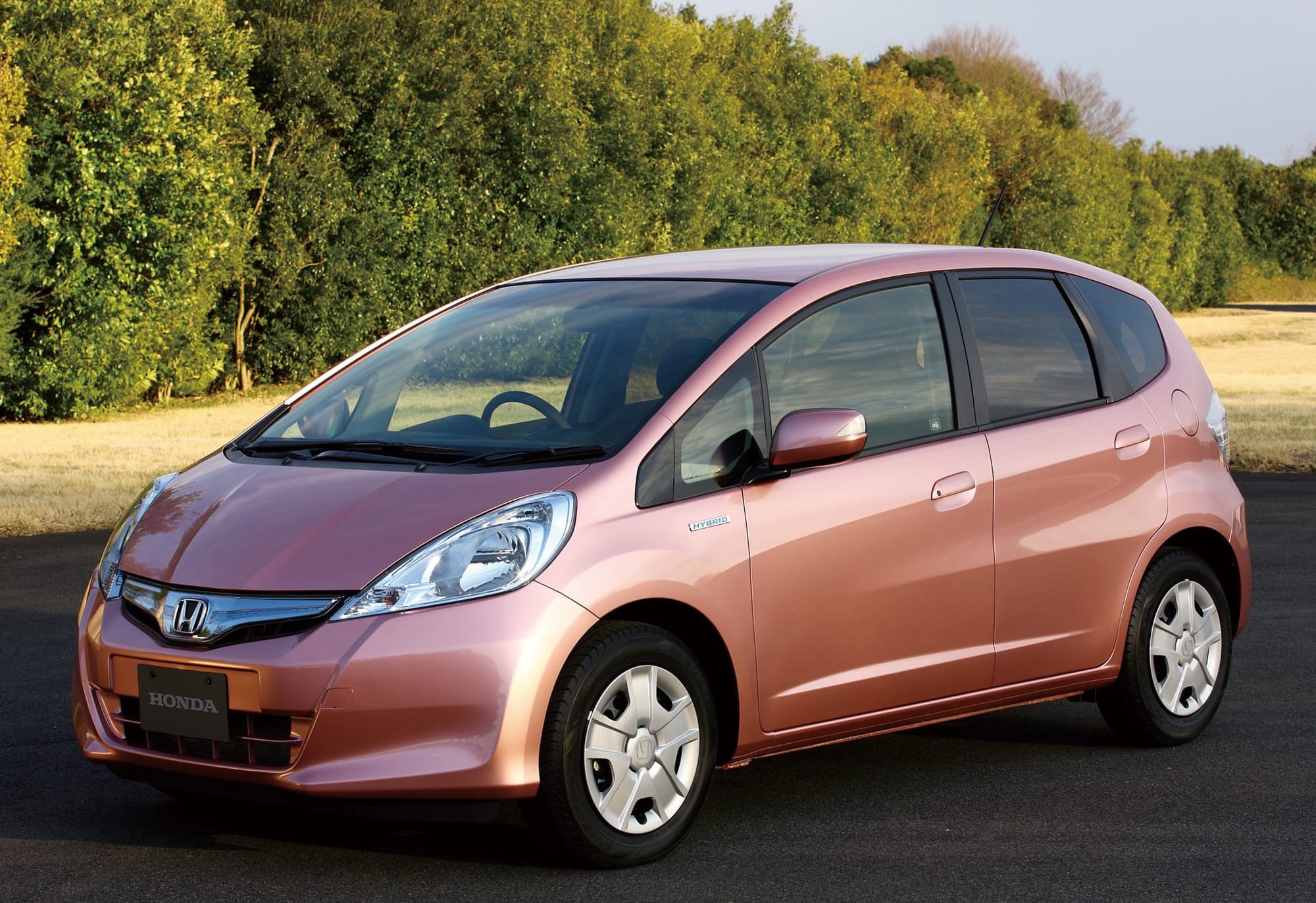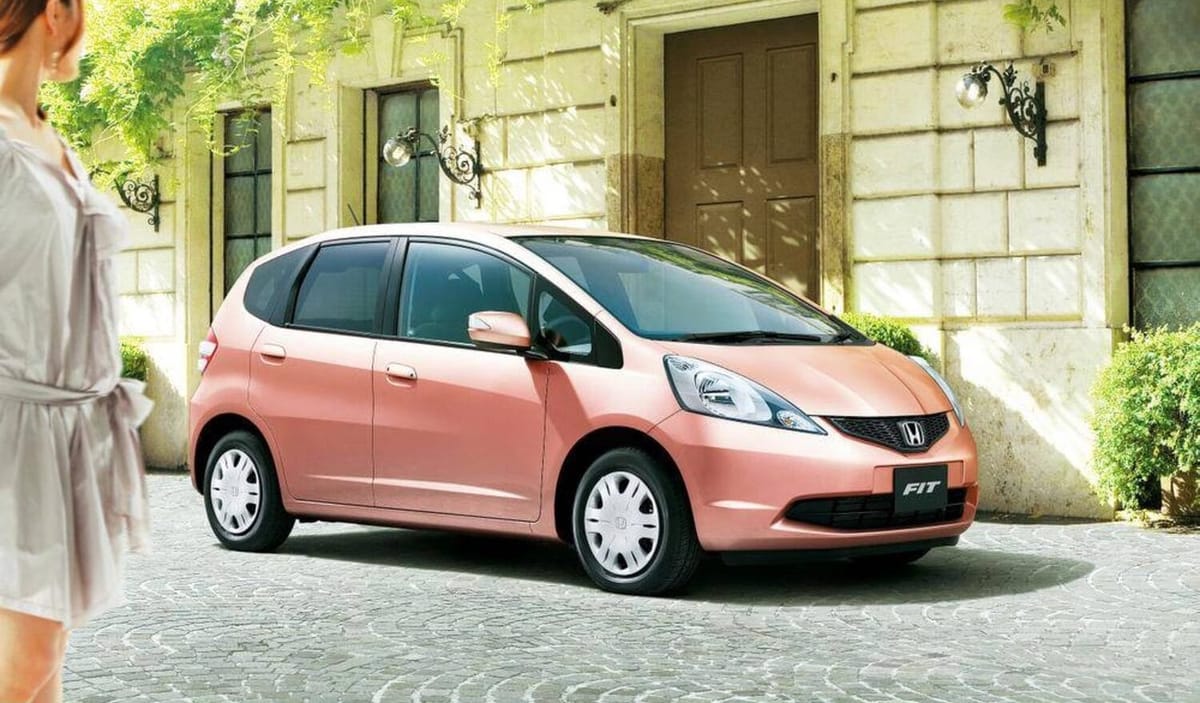Aphantasia is the one where a person lacks a mind’s eye.
As in, they can’t close their eyes and picture a secluded desert island beach, cold drink, and hot partner. Like with many neurological variations among humans, there’s a range where some can ‘picture’ things in their mind, slightly, and muddied; others see nothing.
I see nothing — I am aphantasic.
When writers ask their audience to imagine something, I’d always thought it was a throwaway thing, an in-joke like, “Can’t you just imagine a sporty minivan with a carbon fibre rear spoiler?” – surely, not actually the writer asking their readers to fill their brains with hot garbage.
I didn’t realize this until about a year ago, and didn’t consider it a huge disadvantage then — though it was oddly traumatizing to recontextualize, oh, what I thought was how my creativity worked in relation to everyone else’s.
Think of it like how some people are left-handed, or lack an inner monologue (thankfully I do have a semi-reliable narrator in my head), aphantasia is a hidden difference among a small number of the population.
That is, until those of us with a blind mind learn it’s a thing, and that as a consequence of my work, y’all have been imagining my words as I write them. Sorry for that.
People who can imagine things often misconstrue this with the aphantasic person as having a lack of imagination; this is flat-out untrue. A cursory internet search will fill in the blanks, as will this excellent YouTube video.
In a roundabout way, I’ve learned that being like this benefits Car of the Day in two huge ways — with one significant drawback.
First benefit is that while I can’t picture car images in my mind, I often recall them with startling clarity; as in, I know where to find it again. That obscure JDM brochure? Pinterest. Weird BBS wheel cover? Tumblr. Special edition Joe Boxer Chevrolet Venture built for charity? General Motors’ media site, like 15 years ago.
Second benefit is that this clarity and pattern recognition (of sorts) helps to both differentiate and connect various makes / models / details of vehicle. In my mind, the Autograss cars are kept separate from Autocross, Rallycross, Rally Raid, Trials — but also kept apart from the Japanese semi-sport of Autorace — because that sport is about betting on motorcycle races.
For a depressingly large number of people, the very sight of a pink car, Jeep or Truck sets them off — because pink is a mental shortcut for a cauldron of putrid opinions that simmer in the dank basement of such a person’s mind.
Pink is not born a girl’s colour, obviously; we assigned that meaning to it.

Connection happens, I wonder, because I lack the barrier of visual imagination. I don’t have a preconceived notion of what a vehicle should look like, because I can’t think of what any vehicle looks like.
Put it into a sketch, picture, clay, or let me study it in person, however, and all of those connections catalyze. I see new cars in the context of my memory of all cars.
To me, it’s just words, thoughts, and feelings; if I can imagine an Italian racing version of the Chrysler 300C or a hot pink Honda Fit She’s special edition, surely they’re both out there.
Keep in mind: this is while knowing that the Honda Fit has long been sold in vibrant shades of pink, and that those versions are separate and distinct from the She’s.
If I can think of something and it’s not out there, well…I sometimes write it down and send it as a newsletter. Recently, I would subscribe to and prompt an AI generator like 10000000 times until I saw something that lives up to how something should be.

A minor drawback to not having a mind’s eye is that works of written fiction do absolutely nothing for me — but a more troubling one is that I must fling myself toward visual stimulation to fully construct a thought and trust my intuition. Let me explain.
One glance and it’s clear the She’s isn’t an extreme version of the Fit, or very interesting.
(OK, it does have a UV-blocking windshield and uprated air conditioning said to reduce the likelihood its drivers will experience dry, cracking skin.)
Is this when you lose interest? Lucky for you.
I need to see She’s front, back, both sides, and interior. In high resolution. If there are no photos, I will find commercials, old websites, Reddit threads, forum posts…what I’d thought was a journalistic curiosity is probably, actually, somewhat of a complusion for not losing interest in a weird car.
This is probably why I know the Citroën C3 Buddha Bar came with a little dashboard scent packet; I’d tracked down some old-ass 480p commercial…after weeks of searching. I read that it had one…but I needed to see it to believe and remember it.
Hold that thought.

These days, I find it increasingly appalling when cars like the Fit She’s — a special edition produced within the context of hundreds of thousands of Fits across four generations — are singularly called out by the media and auto enthusiasts as being ‘for’ women with a twinge of derision.
Fact is, more cars should be ‘for’ women. If you’re a clever PR type, you shrug and say, “Of course; they already are. Any vehicle is for any person.”
This is true, except when it’s more profitable to seek out a specific demographic of buyers.
Then, automakers rush to give us Sandman vans, Fit She's, and Trans Sports.
I also have an uncanny ability to quickly find old clips of weird cars…useful, here • via Honda
Many compact cars in Japan are already designed with consideration for, marketed, and sold to women drivers.
This is both good business sense — because women are increasingly earning better wages from better jobs — and because of how kei-jidōsha (kei car) class of vehicles are sold: heavy investment in a core product, then sell ‘Special Editions’ of said product for a decade or more.
Also: Mazda Carol? Nissan Fairlady Z? Hell-oooo???? This is nothing new, CNN (keep reading).
In Japan, where vehicles are more frequently traded in and changed over (average ownership duration is three to five years shorter than in the U.S., depending on the source), which predicts that there is also less of a chance that any buyer would be saddled with a She’s, forever.
Also in Japan, there is a high attunement to trends (ex. what is selling) from both buyers and manufacturers. If pink cars are selling, get them more pink cars. Most special of edition pink cars. All the pink cars.
If a particular model is highly sought-after, manufacturers double down; the spark that briefly lit Nissan’s ass for avant garde, lounge-style compact cars was the unexpected success of the second-generation Nissan cube and its subsequent many model variants. The Honda Fit? Another born best-seller.
Additionally, I think there’s a strange subcurrent in many cultures that — agree or not — vehicles are meant to be blank slates and assigned genders by their owners and not by their maker.
For a depressingly large number of people, the very sight of a pink car, Jeep or Truck sets them off — because pink is a mental shortcut for a cauldron of putrid opinions that simmer in the dank basement of such a person’s mind.
Pink is not born as a girl’s colour, obviously; we assigned that meaning to it and limit our mental imagery because of it.
The trim level’s name, She’s, can be broken down even more simply.
As a former grammar and language nerd, an out-of-place word would set me off. Turns out, “Decorative English” is exactly what it sounds like. English (Latin alphabet) characters are chosen because of how they appear, sound, and are interpreted by the viewer.
The words are not solely selected for their original meaning; in my estimation, and not to cast derision: 'She’s' is closer to a random collection of letters than a dissertation on gender norms.
You do it, too; watch: He’s driving a Honda Fit She’s Type R.
Did you assign meaning to ‘Type R’? Does the ‘R’ stand for ‘Racing’, because I see the badge on many non-race cars…Hondas…Acuras…seems pretty broad, no? Almost like Honda went for a demographic and found a few letters that appeal to said demographic.
Anyway, was the Honda Fit She’s Type R you pictured white? Yellow? Pink with a red interior? Yeah…I’m just typing — but you’re likely now imagining this fictional car.
Statistically speaking, you’re using the mental image of an obscure pink Japanese economy model to reconsider why, time and time again, whenever vehicles like the Honda Fit She’s appear on the market, they become proof of whatever inane point the manufacturer, media, OP, or the opinion-haver is trying to make.
Here, the inane point relates to aphantasia; if my writing can place vivid pink imagery in my readers’ minds, it’s surely better than those same images doomed to be unseen in mine.
READ NEXT: The Wikipedia article on ‘Engrish’ and aphantasia. Then, the 2012-fresh superficial takes on Fit She’s at The Globe And Mail, Yahoo! Autos, or hopelessly, from CNN. (embed below)
SUPPORTING MEMBERS
Thank you to my supporting members: Ben B., Brad B., Chris G., Daniel G., Damian S., Daniel P., Drew M., Drew W., Ingrid P., Karl D., Lalita P., Luis O., Michael J., Michael L., Michelle S., Mike B., Mike L., Mike M., Richard W., Ryan Z., Sam G., Sam L., Stephen d-R., Wiley H.










Member discussion